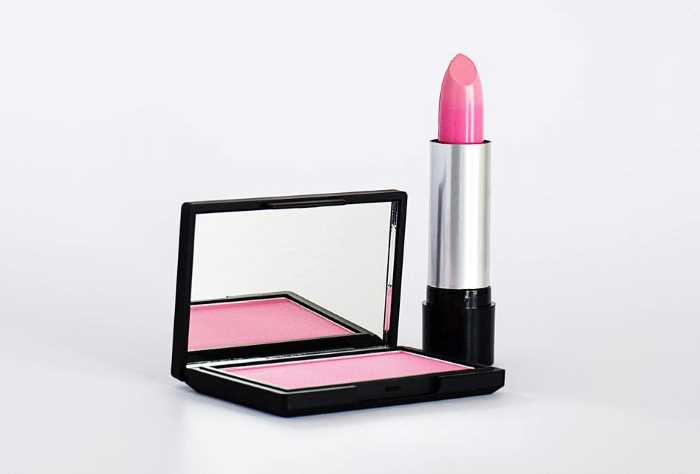

|
|

September 25 2020 - The reputation of your business will live and die with the quality of your products. You can pump piles of money into marketing, or have the best customer service, but if you can't provide people with an optimum product, you'll never be able to capture the hearts of consumers.
Poorly made products are only becoming more popular, and the frustration among consumers is palpable.
It might seem like skipping the testing phase of product design could save you time and money. However, it would be best if you always took the time to create test models of products. Failure to do so can come back to bite you in the butt later on.
Why is it so essential to go through the proper testing steps with each and every one of your products? Read on, and we'll walk you through everything that you need to know.
Helps Spot Potential Problems
This is one of the most obvious reasons any company decides to test its product out. It helps spot defects and assures quality control.
How can you know that a product will hold up for your customers if you don't take the time to put it through the paces on your own? You need to put the product through its primary use over and over again and ensure that it can repeatedly operate without any issues developing.
If an issue did develop on a product you released, the costs of return, refunds, repair, and replacement could absolutely bankrupt you. As such, you can understand the importance of doing this kind of testing.
These issues and defects could also leave you open for a lawsuit. For example, a toy manufacturing company that didn't take the time to realize that small, easily swallowable pieces came off their action figures after some use? They could easily see themselves in court if a child were to get hurt as a result.
Letting your product exist for a time in the environment in which it is most likely to be used will help to ensure these kinds of blindspots aren't overlooked.
If you're unsure of how to create test models of your products, you may want to look into SOLIDWORKS training as a solution.
Continue to Hone the Product
You've spent weeks, months, or maybe even years developing the product that you're planning to test, and you feel confident and excited to get it out on the market. That's understandable and all, but if you're considering the job done before you get into the product testing phase, you're putting the cart before the horse in a serious way.
The product testing phase is one of the most important parts of the product development process and the thought of skipping past it should be laughable!
This is the time to ensure that what you think is special about your product actually is. You've likely had an angle in mind for why this particular product will stand out and connect with consumers. This is a safe period in which to test that theory.
You might find that a certain feature you thought would be the main appeal of the product doesn't seem to drive up to any enthusiasm in your test consumers. This would be a big problem you need to rectify. It's possible you might need to change your selling price or even look towards a different audience altogether.
Of course, there are positive potential changes too. You might find that there are features or elements of a product that you don't need to connect with consumers. Dropping these can help bring down your manufacturing and marketing costs.
The bottom line of the matter is that you don't know what you're working with until you actually have it right in front of you.
Skipping straight forward to the manufacturing portion of the process robs you of the most important time to make changes to and improve the final form of your product.
Benefits of Stress Testing
One of the main parts of the product testing cycle is stress testing. This is where a team works to see what a product can and cannot endure. A product might be put against high and low temperatures, different forms of weather, physical pressure, and other such conditions.
In this way, products can be put into models of real situations that they might face during their actual consumer lifecycle. In some instances, you might find that changes to the product need to be made.
If the product immediately begins to become defective in high temperatures, you may need to integrate some sort of protection. At the very least, you'll need to include warnings about this reality for your consumers.
Not all environmental issues will be on your shoulders to fix. Depending on your asking price, consumers will be more willing to accept certain realities when it comes to your product. No one expects their phones to work after being dropped into the water, after all.
However, knowing what might cause potential problems can help you to create a warning and best practices for care for your product. This information can be important and helpful to consumers later on once your product is released into the world.
Why Test Models for Products are Crucial
If you're looking to succeed in a crowded marketplace, the product that you offer consumers needs to be top of the line. There's no way to guarantee that without creating a few test models of the product-to-be. The above information explains why this is an undeniable business truth.
Need more advice about running your business? Keep scrolling our website for more.
HRM Guide makes minimal use of cookies, including some placed to facilitate features such as Google Search. By continuing to use the site you are agreeing to the use of cookies. Learn more here
|
| Privacy Policy |
|
|